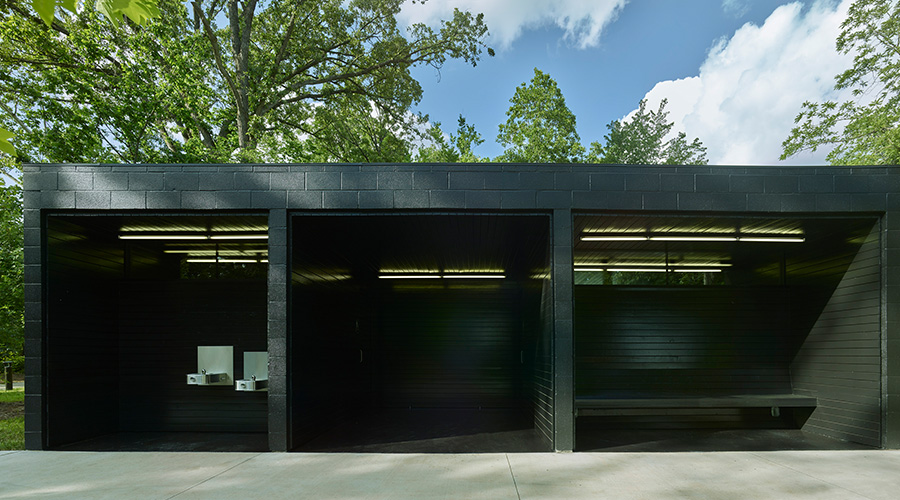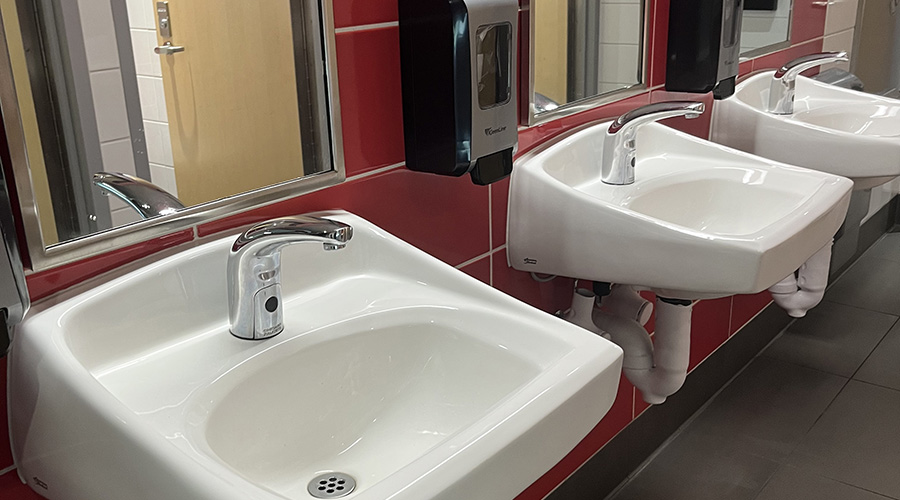Water Conservation and Legionnaires'
Strategies and tactics to protect occupants from the health threat lurking in facility water systems
Water-conservation measures have become popular among institutional and commercial facilities looking to be more sustainable and cut utility costs. But the measures have resulted in lower water flow through pipes, and the lower flows can result in increased water age, meaning water is sitting in pipes for longer, and it is more likely to grow things, including Legionella.
Lower flow rates also are more conducive to biofilm growth. In some areas, flow rates for handwashing fixtures have been reduced from 2.5 gallons per minute (gpm) to 0.35 gpm. If that fixture has a hands-free sensor faucet with a mixing valve, only one-half of that 0.35 gpm — 0.18 gpm — would come from the hot-water system when the faucet is activated.
These low flows are fine if the piping system is sized accordingly and if the volume of hot water in the pipe to the fixture is minimized. But that is a very low flow for a code-minimum supply pipe with a 1/2-inch diameter. The result can be a serious problem if a facility is renovated with low-flow fixtures while the existing distribution piping was designed for higher flows.
Point-of-use mixing valves at sensor faucets might be weak links in water systems because their internal check valves might be fouled, and cold water could be flowing into the hot water system. Building engineers need to ensure these valves are cleaned regularly and remain functional.
— Brian Hageman
Related Topics:
















